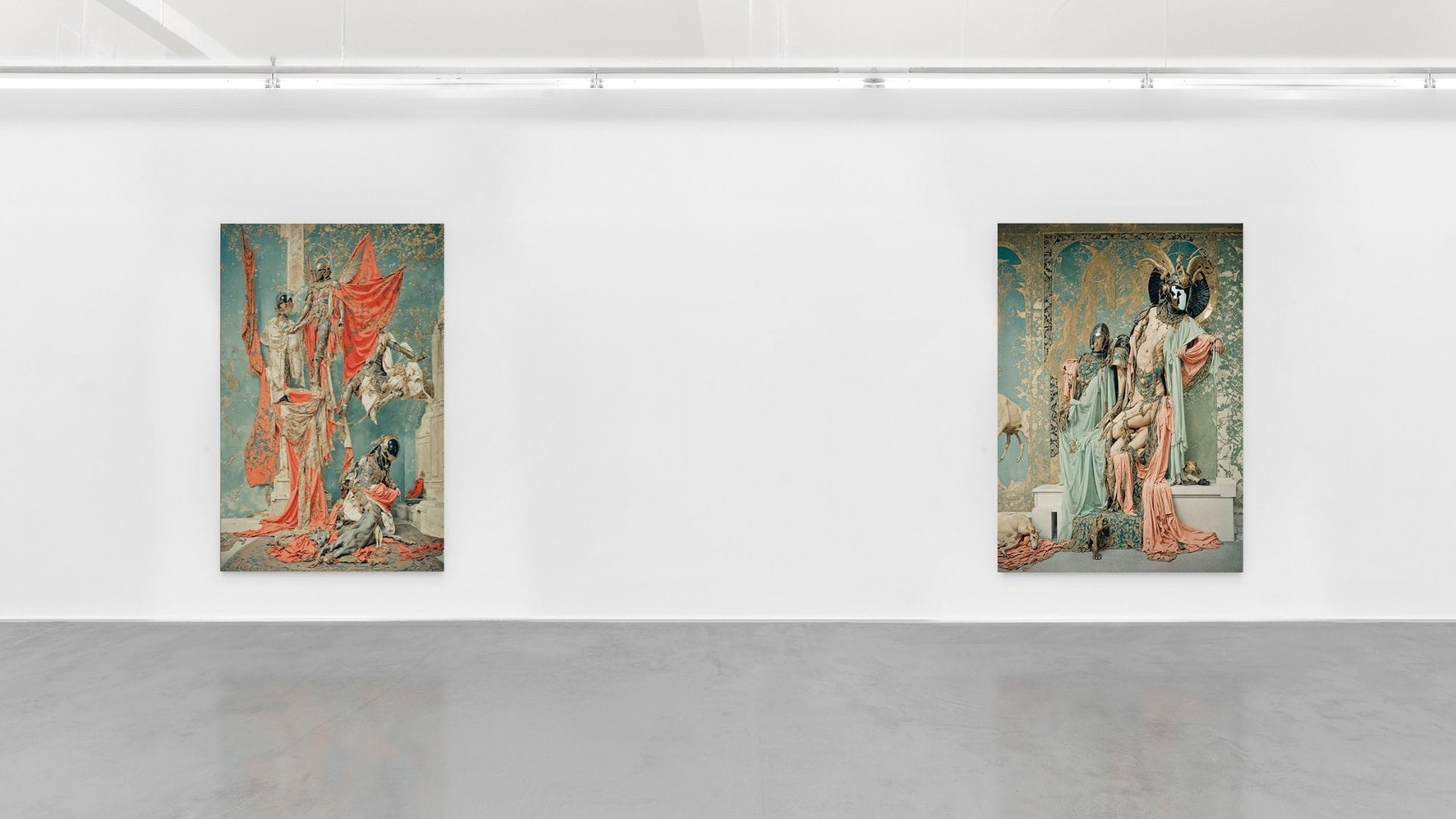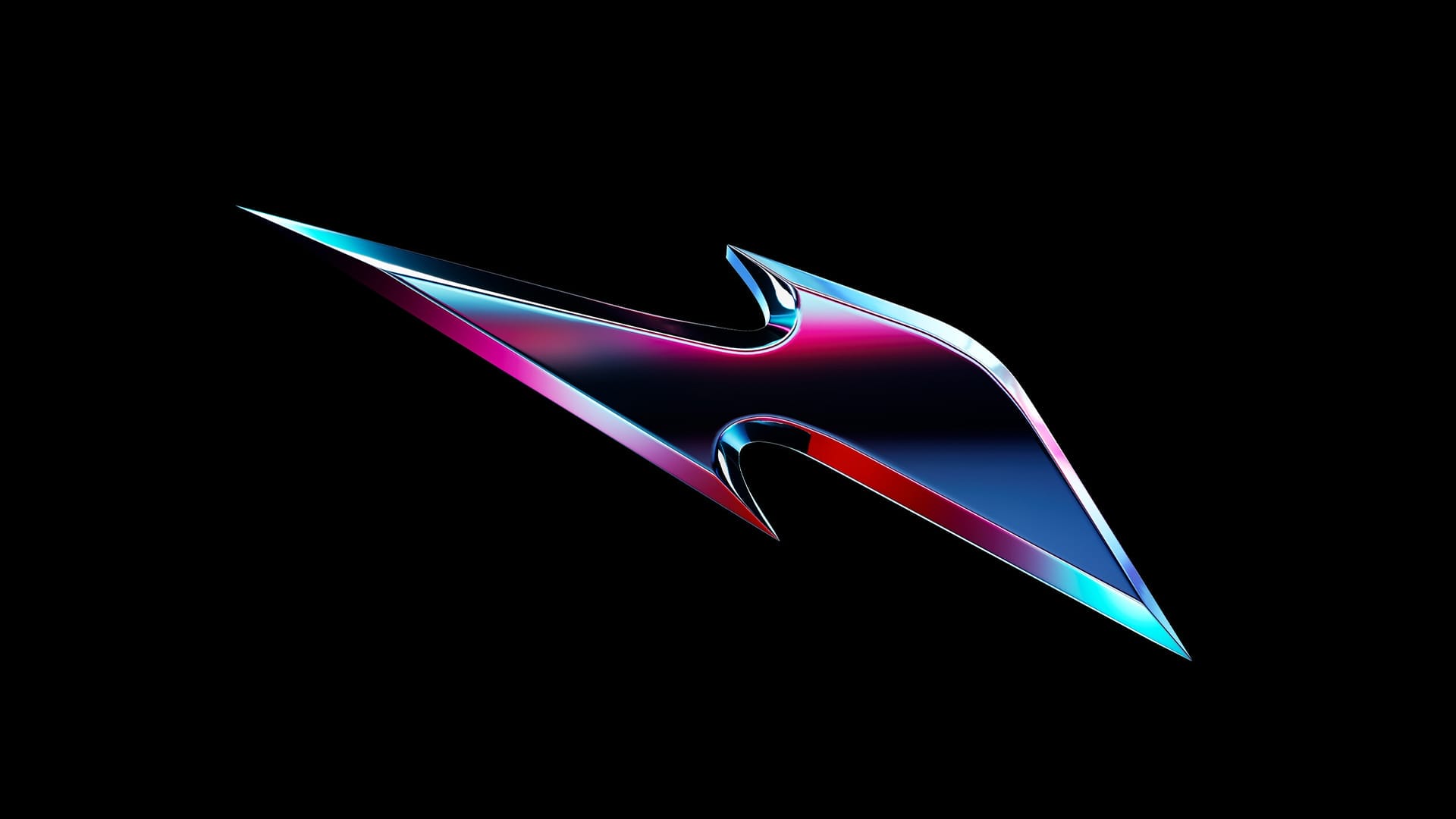
“Loose Canon” by Estefanie Rodríguez Corleone, Jasmine Gregory at A MAIOR, Viseu
Upon entering “Loose Canon,” the experimental exhibition by Estefanie Rodríguez Corleone and Jasmine Gregory at A Maior in Viseu, Portugal, it immediately becomes clear that this is something poised between a positive space and a commercial one. Set within a store, this unconventional venue questions the perception of art and its context. The atmosphere of the space is decidedly out of the ordinary. The exhibition is nestled among clothing racks and commercial displays, blurring the lines between retail and art. This choice of setting creates a dynamic and immersive environment where art and everyday life merge. The setup encourages visitors to navigate the aisles and interact with the artworks in a way that feels both familiar and unsettling. Rodríguez Corleone and Gregory’s works are strategically placed within this commercial context, enhancing their experimental nature. The artworks are not confined to walls but are integrated into the store’s shelves and displays, creating a subtle yet dissonant blend of art and commerce. For instance, “Loose Canon” features a variety of everyday objects and recycled materials as artistic statements, highlighting themes such as consumerism, identity, and social norms.

Gregory’s works, such as “I Finally Found Out How Priests Get Holy Water” and “She’s So Pure, Moses Couldn’t Even Part Her Knees,” employ a mix of humor and critique. These pieces use everyday objects—books, water containers, and mannequins—paired with witty texts to provoke reflection and response. The playful yet biting nature of these installations is evident, as the objects are arranged to challenge their conventional uses and meanings. Rodríguez Corleone’s series, “Who The Fuck is Estefanie Rodríguez Corleone?” pushes the boundaries of artistic expression within a commercial space. This series, divided into subgroups like “Hetero Family,” “Girl Gang,” and “Bros,” features mannequins dressed in eclectic outfits, each group questioning social labels and stereotypes. Placed among the store’s shelves, the mannequins seem to mock the very idea of categorization within a consumer context. The video documentation “Lights, Camera, Action” enhances the experimental nature of the exhibition. Projected onto the facade of A Maior, these videos blur the lines between internal art and the external public space, inviting passersby to engage with the exhibition in a new context. This approach not only documents the exhibition but extends its reach beyond the store, making art accessible to a broader audience.
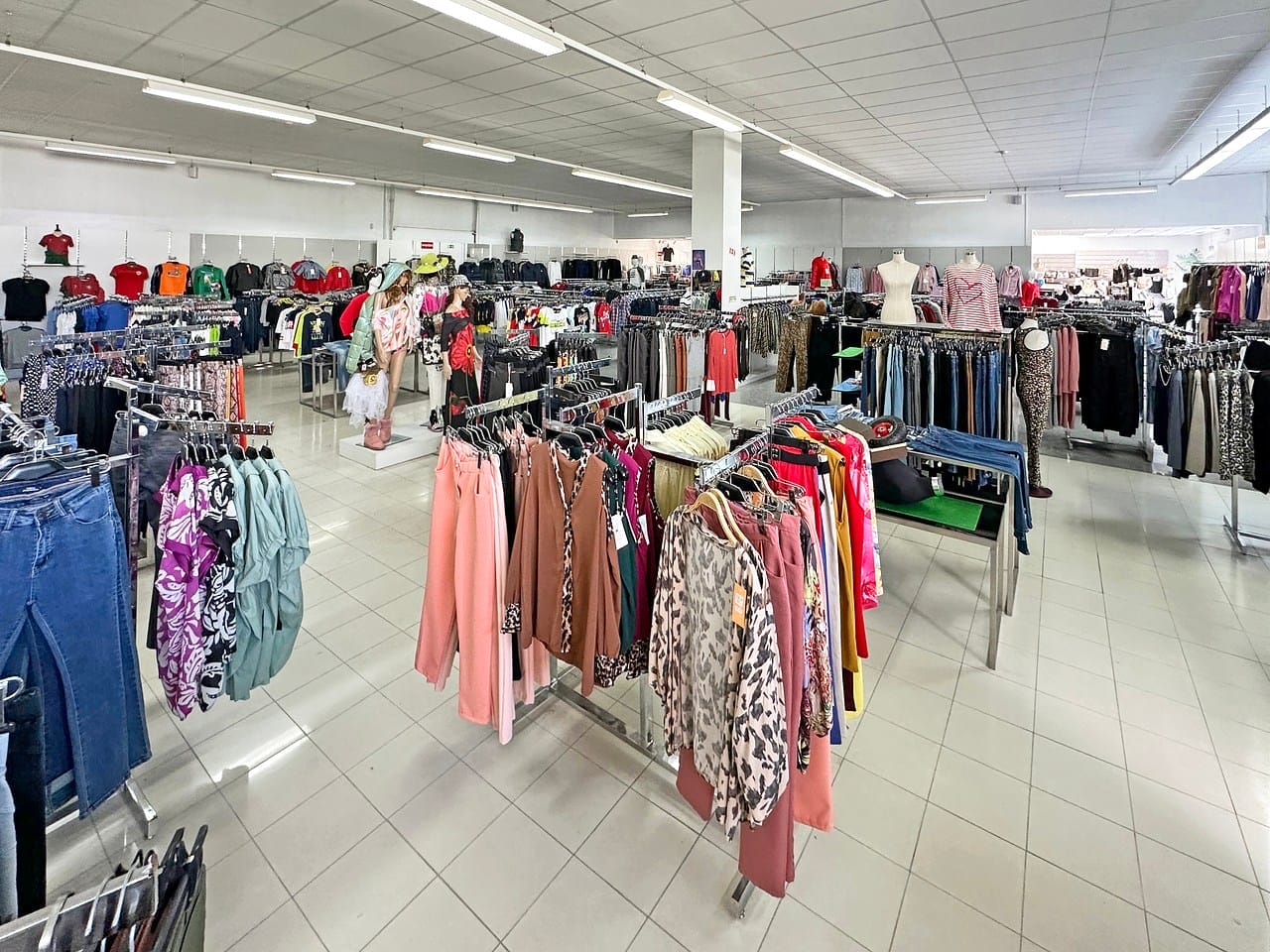
Compared to their previous works, both artists demonstrate a bold departure from traditional exhibition spaces, embracing the chaos and spontaneity of a commercial environment. This choice amplifies their ongoing exploration of themes such as identity, consumer culture, and social norms. The works maintain consistency in their use of everyday materials and playful critique, but the store setting adds a new layer of meaning and interaction. By placing their works inside a store, Rodríguez Corleone and Gregory challenge visitors to reconsider the boundaries between art and commerce. This exhibition not only showcases their creative mastery but also invites a deeper reflection on the intersections between daily life and artistic expression.
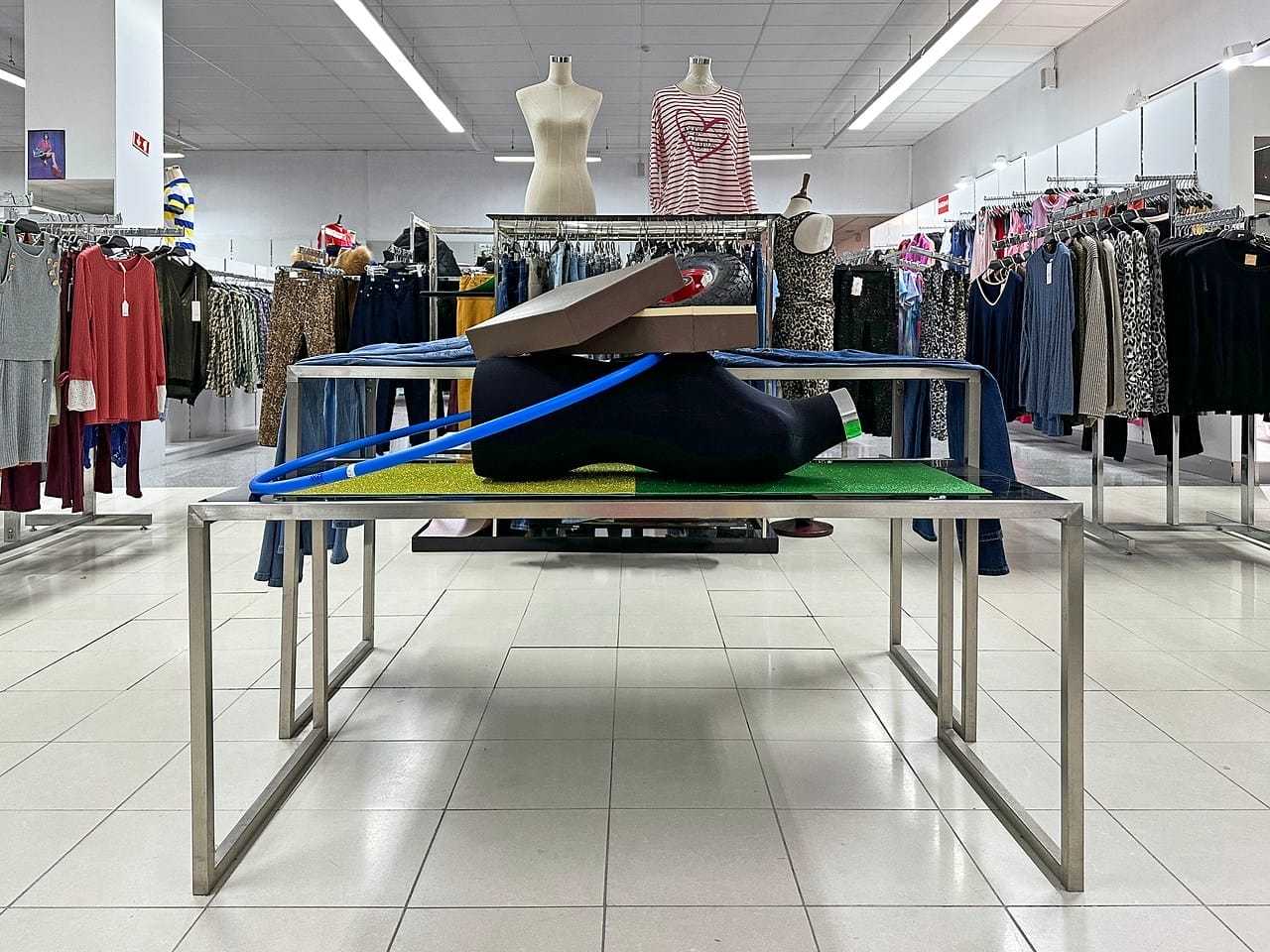

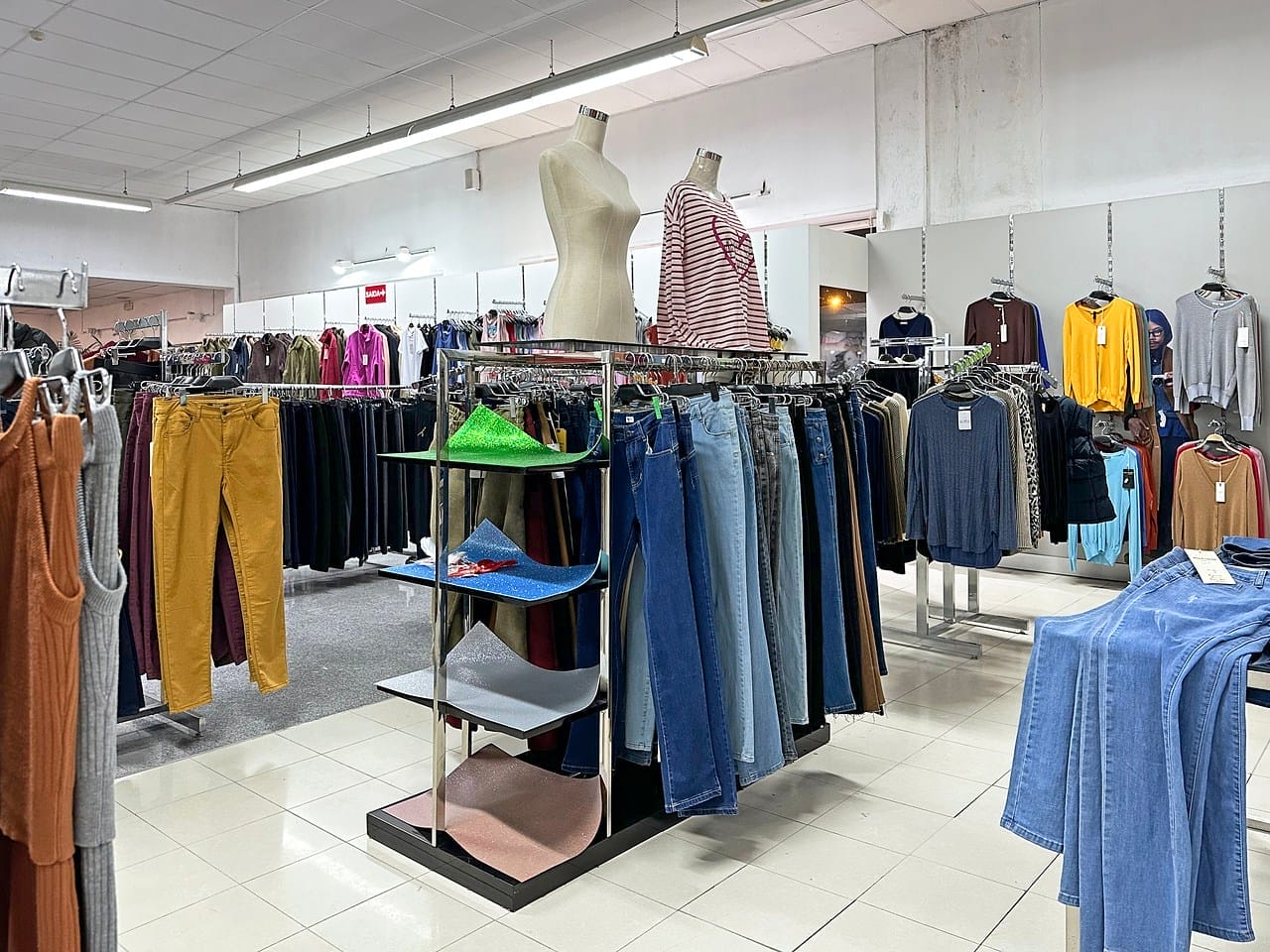


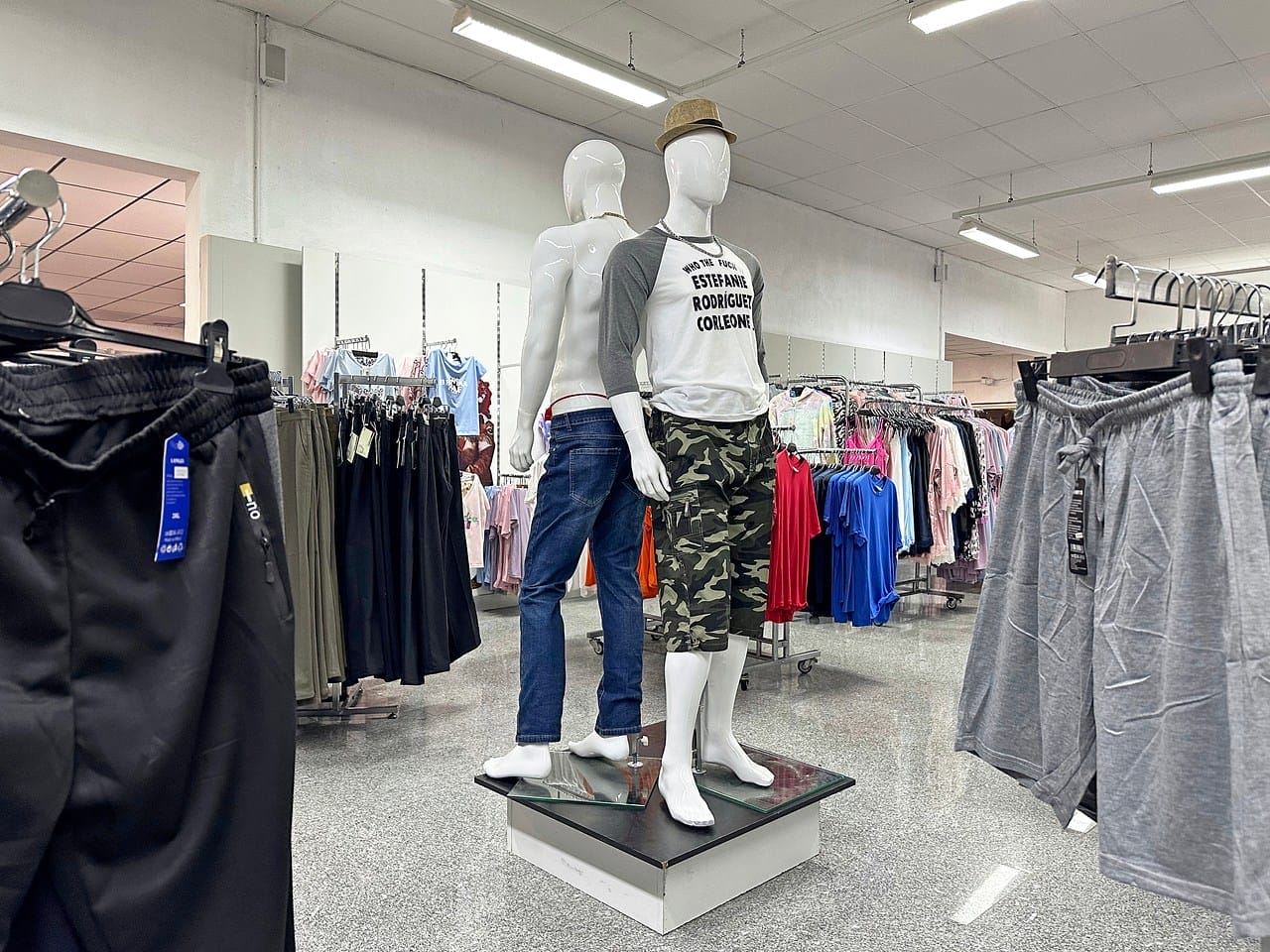

fakewhale
Founded in 2021, Fakewhale advocates the digital art market's evolution. Viewing NFT technology as a container for art, and leveraging the expansive scope of digital culture, Fakewhale strives to shape a new ecosystem in which art and technology become the starting point, rather than the final destination.
You may also like
Fakewhale Solo Series Presents Mens Simulata by Ganbrood
On July 3rd Fakewhale Solo Series proudly presents “Mens Simulata” by Ganbrood. “Mens Simulata
YOSHIROTTEN: Overflow and Motion in a Hyper-Optimized World
Japanese artist YOSHIROTTEN operates at the intersection of fine art, design, digital media, and imm
How RTFKT is Rewriting the Rules of Digital Fashion
At the intersection of digital innovation and mainstream culture, a revolutionary paradigm of art, t

